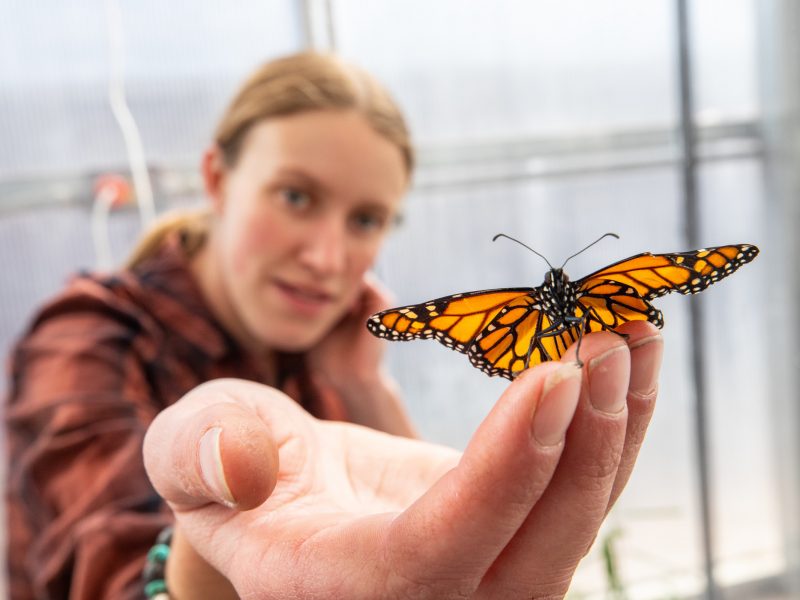1. Animals and their proposed use
A clear description of procedures must be included in both the grant and the protocol. Sufficient detail
must be provided to determine what is taking place. Examples may include; surgical procedures, blood collection, administration of substances, cells or exposure to radiation etc.
2. Justification for use of
The use of animals must be justified. Alternatives to animal use such as mathematical models, computer simulation, and cell culture systems must be considered. The reasons why alternatives cannot be used must be described. Investigators are encouraged to consider means to replace, reduce and refine the use of animals. The choice of species must be justified. If a simpler animal model is available, the investigator must justify the use of a more advanced species such as NHP, dogs or cats. If animals are in endangered, protected, scarce, costly, or used in large numbers, an explanation for their use must be provided. An estimate of the number of animals to be used should be as accurate as possible. Justification used may include experimental success rate, animal availability, the use of control groups and requirements for statistical significance. Power calculations should be used to determine animal numbers if possible.
3. General description of veterinary care and support
Investigator should describe the availability of the veterinarian and staff and the frequency that
veterinary staff will monitor animals should be included. If survival surgeries are proposed, descriptions of veterinary involvement or post-surgical monitoring may be described. For example, if animal use involves invasive approaches that might result in discomfort, distress or pain, the investigator should
describe indications and methods of veterinary care.
4. Procedures to minimize discomfort, distress, pain and injury
Conditions that may produce more than momentary discomfort, distress, pain or injury should be described including the methods to treat them. If used, pharmacologic agents should be listed as well as any non-pharmaceutical treatments. The appropriateness, methods and duration of all post-surgical care should be described, including special housing. Humane endpoints for treatment or euthanasia to
alleviate pain, distress, disease must be described. Multiple surgeries must be well justified. Use of
restraint devices should be described.
Euthanasia
The method(s) of euthanasia must be fully described and must comply with the AVMA Guidelines on Euthanasia. Methods that do not comply with these recommendations must be justified. It is not sufficient to state simply that humane methods will be used; a complete description of the euthanasia
method must be provided.
References
This document is adapted from the National Institutes of Health (NIH) Worksheet for Review of the Vertebrate Animal Section (VAS) which is based on information from;
• Public Health Services (PHS),
• The U.S. Government Principles for the Utilization and Care of Vertebrate Animals Used in
Testing, Research and Training,
• The Guide for the Care and Use of Laboratory Animals
• The American Veterinary Medical Association and
• The Office of Laboratory Animal Welfare (OLAW)


